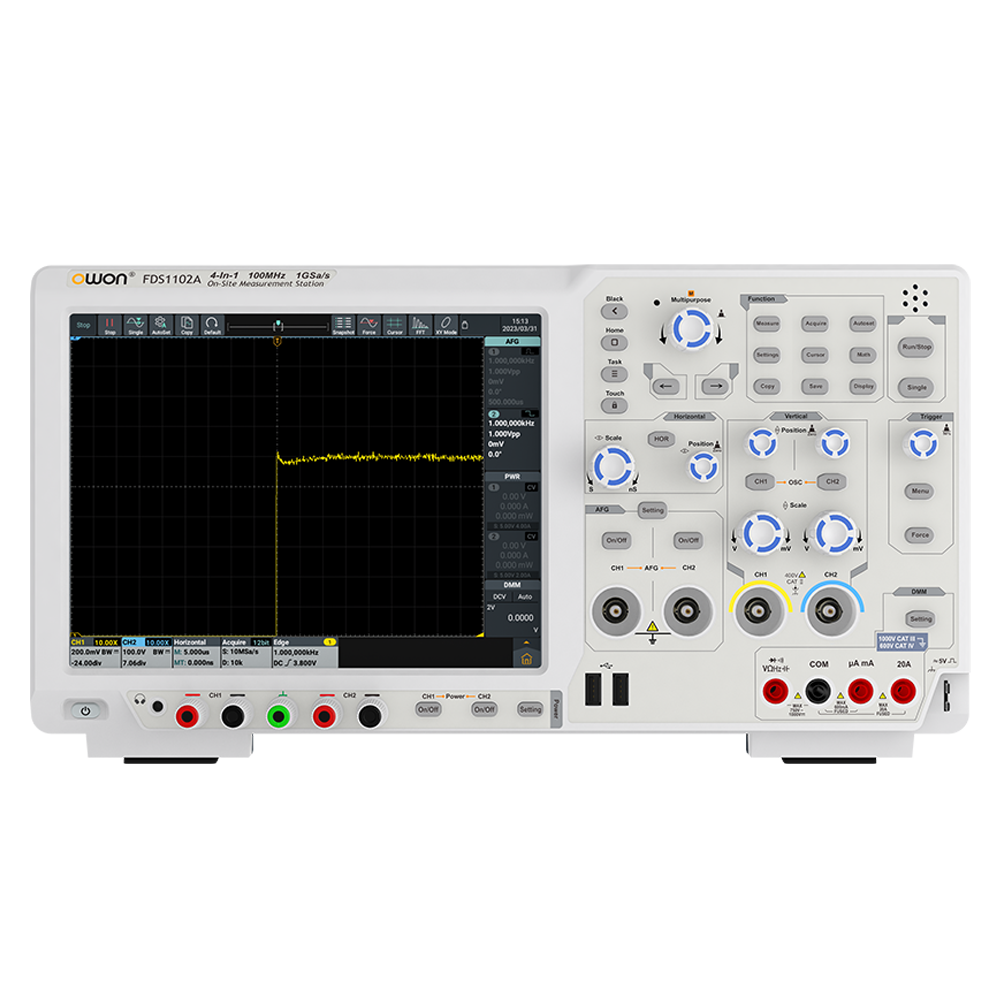When it comes to working with electronic signals, an oscilloscope is an essential tool for engineers, technicians, and hobbyists alike. Modern oscilloscope offer a variety of features that can improve the accuracy and efficiency of signal analysis. With many options available on the market, understanding which features to prioritize can help you make an informed decision. This guide will walk you through the top features to consider when choosing a modern oscilloscope, enabling you to find the model that best suits your needs.
Bandwidth
Understanding Bandwidth Requirements
Bandwidth is one of the most critical specifications of an oscilloscope. It determines the range of frequencies that the instrument can accurately measure. Bandwidth defines how well the oscilloscope can respond to changes in the input signal. A general rule of thumb is to choose an oscilloscope with a bandwidth that is at least five times greater than the highest frequency signal you plan to analyze. For instance, if you work with signals up to 100 MHz, look for an oscilloscope with a minimum bandwidth of 500 MHz. This ensures that you capture essential features of high-frequency signals, reducing the risk of distortion or inaccurate readings.
Impact on Performance
Bandwidth influences the performance of the oscilloscope significantly. It affects its ability to recover details within a waveform. For example, measuring fast rise times or sharp edges within a waveform requires sufficient bandwidth to maintain fidelity. Examining fast digital signals, such as those found in communication systems, demonstrates just how vital this specification is. Insufficient bandwidth can lead to misleading measurements, causing errors during testing and troubleshooting.
Moreover, bandwidth can impact the dynamic range of the measurements. A higher bandwidth generally allows for capturing transient spikes in signals, which can be crucial in applications such as automotive electronics, high-speed data communication, and RF circuit testing.
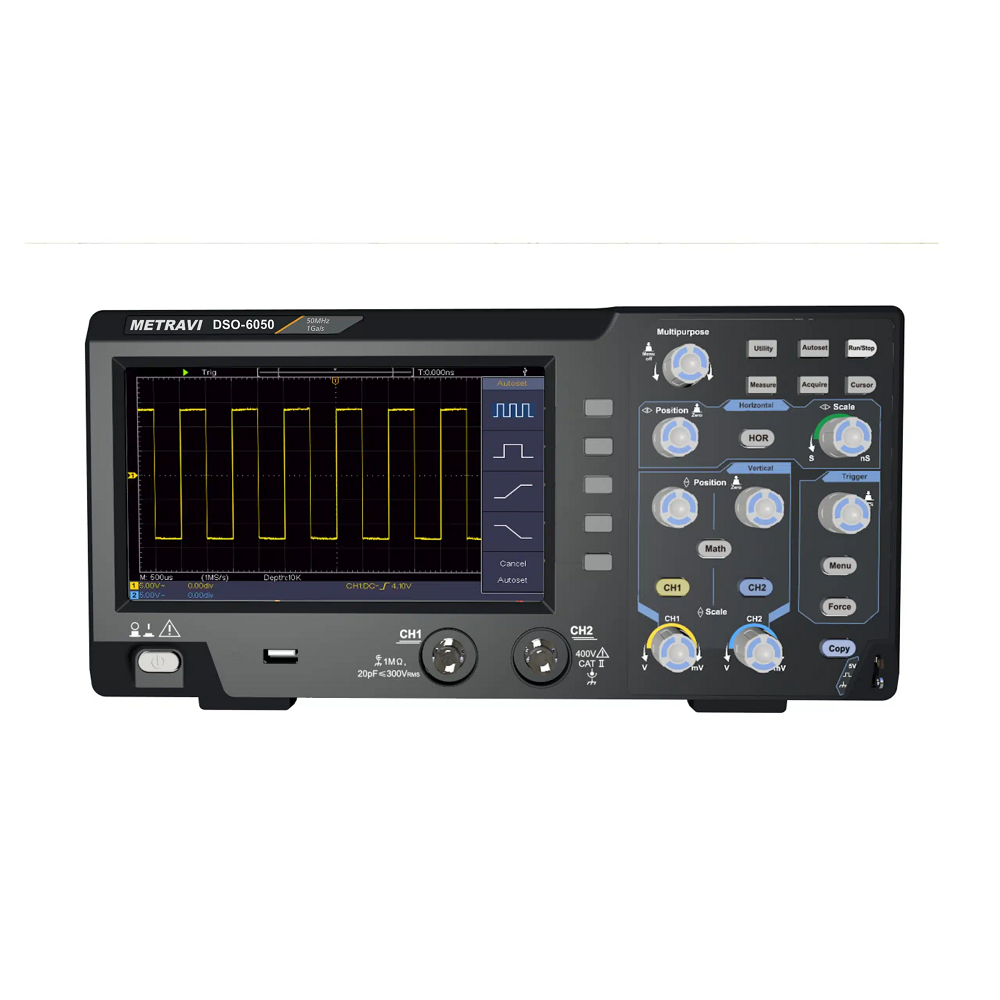
Sample Rate
What is Sample Rate?
The sample rate, measured in samples per second (S/s), indicates how many data points an oscilloscope can capture per second. A higher sample rate enhances the oscilloscope’s ability to accurately measure fast-changing signals. For oscilloscopes, like bandwidth, the sampling rate is essential because it influences how the instrument reconstructs waveforms.
Ideal Sample Rate
Aim for a sample rate that is at least 2.5 to 5 times the maximum frequency of the signal you will measure. If your application involves analyzing a signal waveform that operates at a frequency of 100 MHz, a sample rate of at least 250 MS/s to 500 MS/s is advisable. A sufficiently high sample rate helps prevent aliasing, ensuring that the waveform representation remains accurate and reliable. This is particularly important when working with digital signals where rapid transients may occur.
In practical terms, having a higher sample rate allows the oscilloscope to capture more detailed information about the signal. For instance, a higher sample rate enables you to visualize the waveform’s rise time and fall time with precision, capturing critical events that could affect the performance of electronic devices. This improved detail contributes to a better understanding of signal behavior and aids in effective troubleshooting.
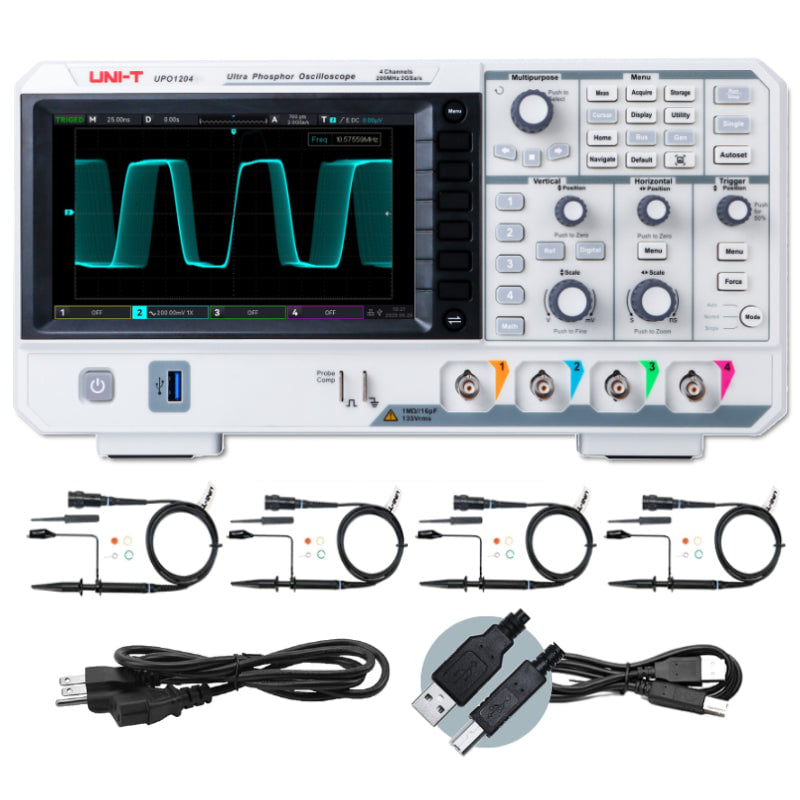
Number of Channels
Importance of Multiple Channels
Modern oscilloscopes can have varying numbers of input channels, typically ranging from one to four. Having multiple channels allows you to observe and compare different signals simultaneously, making it easier to diagnose issues in complex circuits. If you work with multi-signal systems, such as digital communication networks or switching power supplies, having several channels is essential.
Practical Applications
For instance, if you are debugging a circuit with multiple components or monitoring the output of several sensors, using an oscilloscope with two or more channels allows you to check the behavior of each signal at the same time. Analyzing how different waveforms interact in real-time can provide critical insights during the debugging process. This capability is invaluable for assessing timing relationships between signals, especially in digital applications where phase differences can impact system performance.
Additionally, consider oscilloscopes that offer mixed-signal capabilities, which allow you to analyze both analog and digital signals simultaneously. This feature is particularly beneficial for embedded systems and microcontrollers, where multiple types of signals may be present in a single project.
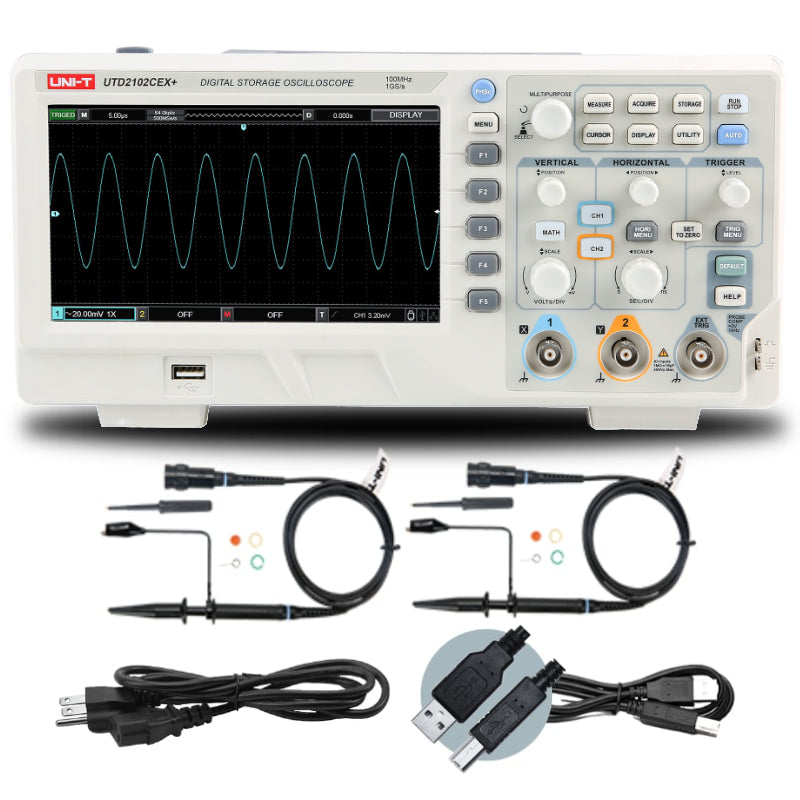
Display Quality
Resolution and Clarity
The display quality of an oscilloscope significantly enhances usability. Look for oscilloscopes with high-resolution screens that allow for clearer visualization of waveforms. A larger display with better resolution helps reduce eye strain and provides more screen real estate for observing complex signals. This is especially important when analyzing detailed waveforms or performing measurement tasks where precision is crucial.
Features to Consider
Many modern oscilloscopes come equipped with color displays, which greatly aid in distinguishing different channels or signal characteristics. The use of color can help in identifying anomalies or specific signal events more quickly. Additionally, touchscreens have become common in many new models, allowing users to navigate menus and settings more intuitively. The ability to zoom in and out easily on a waveform can help you analyze details more effectively and modify settings on-the-fly.
Moreover, some oscilloscopes offer advanced features like persistence modes that allow you to visualize the history of a signal over time. This capability helps in understanding transient behaviors and capturing irregularities that might be missed with standard display modes. A comprehensive display enhances not only operational efficiency but also the accuracy of the analysis.
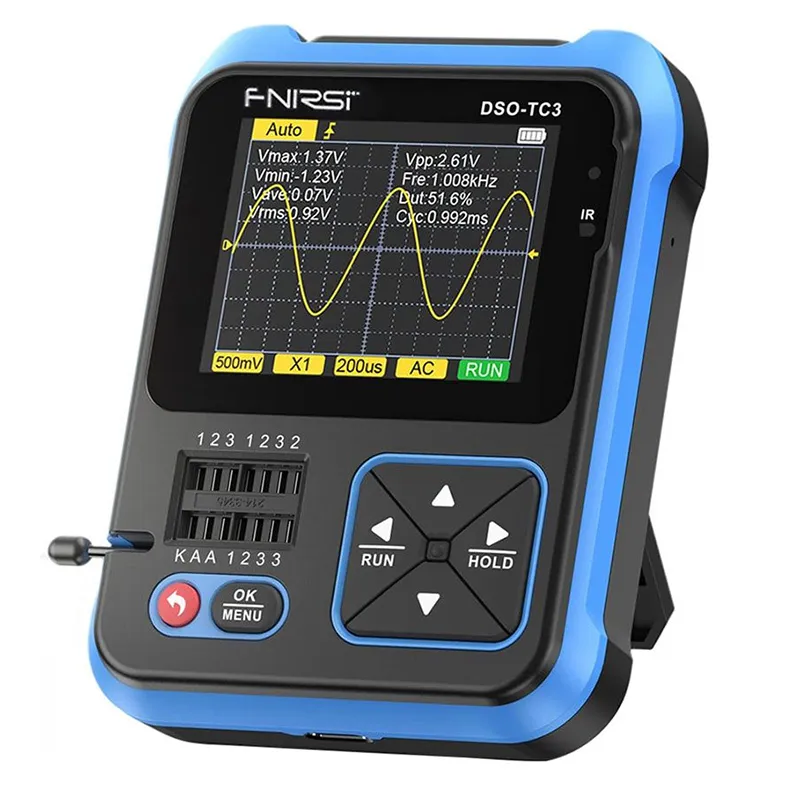
Triggering Options
The Role of Triggering
Triggering is a critical feature that allows you to stabilize and capture waveforms of interest within a continuous signal. Proper triggering ensures that you can observe a repeating signal with clarity rather than a constantly shifting waveform that makes analysis difficult. Without effective triggering, capturing specific events in a signal can become a frustrating task.
Advanced Triggering Features
Look for oscilloscopes with various triggering modes, such as edge triggering, pulse width triggering, and video triggering. These advanced features allow you to isolate specific events, such as glitches or non-repetitive signals, making it easier to analyze unexpected behavior. For complex applications, consider oscilloscopes that offer multi-level triggering capabilities and state-based triggering. These features allow you to set different trigger conditions, such as events that occur after specific sequences, which can be extremely useful for analyzing intricate circuits or protocols.
Additionally, some oscilloscopes offer patterns and criteria for triggering on digital signals, which is particularly useful in mixed-signal environments. Having a versatile triggering capability ensures that you can capture a wide range of signal types and conditions, making your analysis process much more effective.
Measurement and Analysis Tools
Built-in Measurement Functions
Many modern oscilloscopes come with built-in measurement tools that can perform automated calculations on waveforms. These measurements can include parameters like frequency, amplitude, rise time, fall time, and duty cycle, enabling users to obtain critical information rapidly. Having this functionality helps streamline workflow, especially in situations requiring repetitive measurements.
Advanced Analysis Features
Some oscilloscopes offer advanced analysis features, such as Fast Fourier Transform (FFT) for frequency domain analysis. This capability enables you to break down complex waveforms into their constituent frequencies, providing a deeper understanding of the signal’s behavior in the frequency domain. Understanding frequency components is vital for applications like audio signal analysis, communications, and filtering.
Other advanced functionalities may include statistical measurements, waveform math capabilities, and built-in analysis tools for signal integrity assessments. These features reduce the need for external devices or software, making the oscilloscope a comprehensive measurement solution. By relying on the oscilloscope for both measurements and analysis, users can enhance productivity and accuracy, allowing for faster problem-solving and better decision-making.
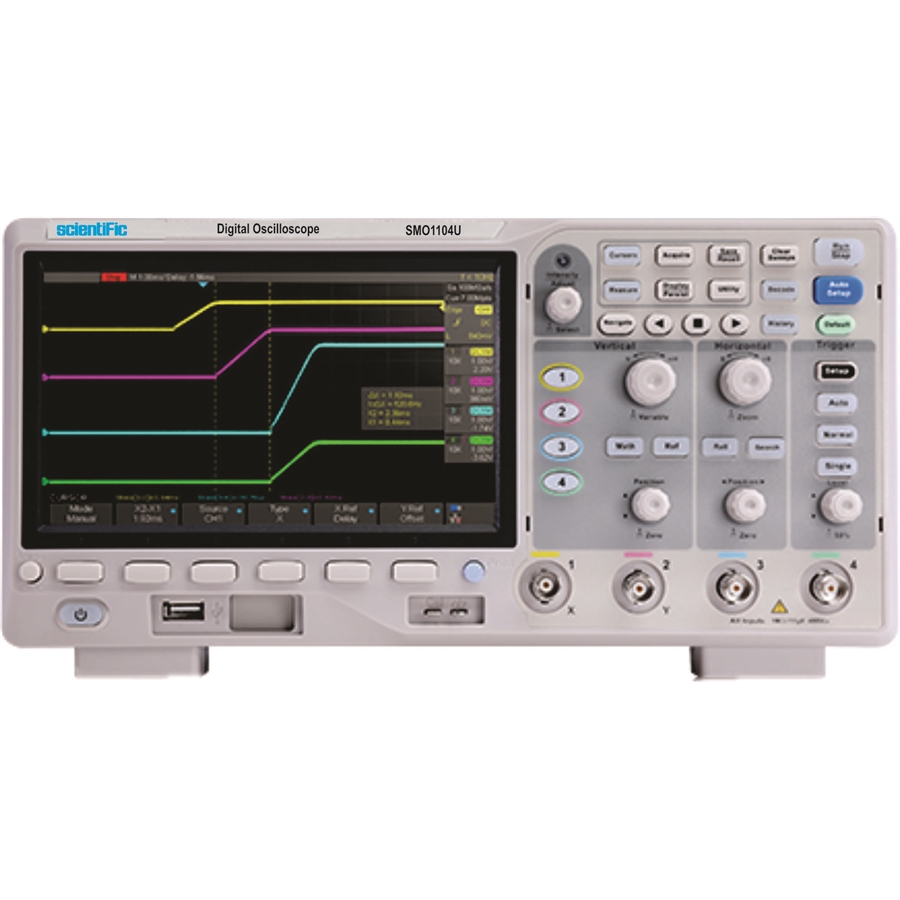
Connectivity and Data Handling
Importance of Connectivity Features
In a rapidly evolving technological landscape, having robust connectivity features in your oscilloscope can streamline your workflow. Check for USB ports, Ethernet, and Wi-Fi capabilities that allow easy data transfer, remote control, and integration with other devices. Modern oscilloscopes often enable connection to computers or smartphones for data backup or remote monitoring, facilitating collaboration and documentation.
Data Management Solutions
Look for oscilloscopes that support software for data analysis and management. Many manufacturers provide dedicated software that allows users to analyze captured waveforms, save data, and generate reports. These capabilities are invaluable for professionals who need to share findings with colleagues or clients, as they allow for quick and efficient presentation of results.
Extending Your System
Some oscilloscope models allow for connection to probes or modules that expand functionality. For instance, adding differential probes or current probes could broaden the range of signal types you can analyze without needing additional equipment. If you are planning to use the oscilloscope for various applications, it is worth considering whether your chosen model can adapt to your future needs. This flexibility can reduce long-term investment costs and enhance the overall value of your purchase.
Conclusion
Choosing the right oscilloscope is a critical decision for anyone working with electrical signals and circuits. By focusing on essential features like bandwidth, sample rate, number of channels, and display quality, you can ensure that you select a model that meets your specific needs.
Additionally, consider advanced features such as triggering options, built-in measurement tools, and connectivity options that streamline your workflow and enhance your overall experience. Price differences between models can be significant, so keep your budget in mind while prioritizing quality components and performance.
By understanding the key specifications and features that matter most, you will be well-equipped to make an informed decision that elevates your signal analysis capabilities. Ultimately, investing in a suitable modern oscilloscope can improve your efficiency, accuracy, and productivity, whether you’re working in an academic setting, a professional environment, or pursuing hobbies in electronics. Enjoy the advantages of modern technology, and take full advantage of the insights that an advanced oscilloscope can bring to your projects!
